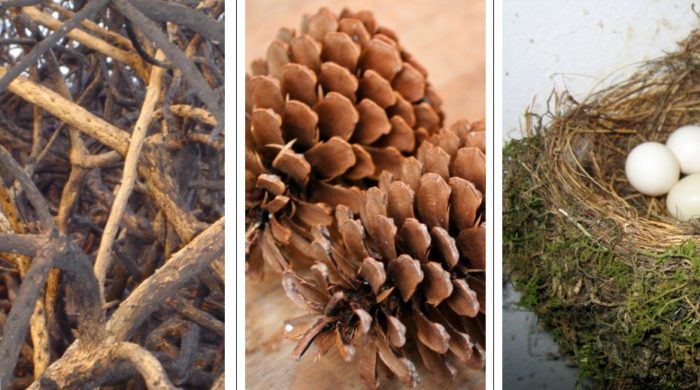
Confusion is a powerful marketing tool. It often plays a fundamental role – sometimes for the better, but usually not – in the marketing of a wide variety of products and ideas, from consumer goods to government policy and political candidates to, most certainly, homes. And when it comes to the latter, consumers face few sources of confusion more potent than the word green.
Green is good. Green is expensive. Green will save you money. Green is energy efficient. Green is sterile modernist design. Green is a mud hut. Or maybe green is just a color. If you’re a prospective homebuyer, the definition likely will depend on whom you ask. Many folks have by now learned to be skeptical of breezy declarations of greenness in marketing material, although, according to a survey conducted by researchers at Columbia University’s Earth Institute, many Americans also are uninformed about the most effective strategies they can take to conserve energy.
A home Ratbert would love
In an essay headlined “How I (Almost) Saved the Earth” and published last Saturday in the Wall Street Journal, Scott Adams, creator of the “Dilbert” comic strip, described his own green-intentioned adventure in homebuilding and created a composite of an eco-minded client who wants to do likewise. All the while, Adams exploits, for amusement and illumination, the sometimes murky perceptions of green on the parts of both consumers and industry professionals.
“Dilbert”-like absurdity, hyperbole, and plausibility infuse the portrait of a client who is inspired by a magazine article “about a guy who built a ‘green’ house using mostly twigs, pine cones and abandoned bird nests,” and who pursues his quest for greenness haplessly but with enough determination to persevere in the face countervailing advice from an architect and a building engineer. The client’s ultra-rustic house eventually gets built but, alas, performs like a house built mostly with twigs, pine cones, and bird nests.
Green pragmatism
Adams doesn’t say how big his new house is but notes that it is in a part of California where it is temperate (he has lived for a long time in the Bay Area). He knows that a white roof is the most reflective but nixes white in favor of a light but less stark color (“If you want a beautiful home, a white roof won’t get you there.”). He installs a photovoltaic system, in part because he likes the idea of making his electric meter spin backwards (it apparently hasn’t – a least not the way he envisioned), but he also admits to mixed feelings about an eventual return on investment. “I expect the system to pay for itself in nominal dollars, perhaps in 15 years,” he writes. “If I compare it with the most obvious alternative, it makes no economic sense. The smart alternative would have been to wait until the costs for systems like this drop by 50%, which will probably happen in a few years.”
On a broader level, he offers his own, sardonic but honest take on green perception versus reality. “The greenest home is the one you don’t build. If you really want to save the Earth, move in with another family and share a house that’s already built. Better yet, live in the forest and eat whatever the squirrels don’t want. Don’t brag to me about riding your bicycle to work; a lot of energy went into building that bicycle. Stop being a hypocrite like me.
“I prefer a more pragmatic definition of green,” he adds. “I think of it as living the life you want, with as much Earth-wise efficiency as your time and budget reasonably allow.”
Adams also highlights energy efficiency variables – from roof insulation to building orientation and window placement to HVAC options – that require serious attention if the house is going to perform well. The most cost-effective approach, he adds, is to consult with experts who don’t have a stake in selling clients a particular product – and clouding their perspective with confusion.
Weekly Newsletter
Get building science and energy efficiency advice, plus special offers, in your inbox.














One Comment
Dazed and confused much?
Sad. The takeaway from this article would seem to be 'Wanna build a green home? Don't bother.'
Not entirely surprising for the WSJ I suppose.
Log in or create an account to post a comment.
Sign up Log in